The help menu for java command says that -server option is to select the "server" VM. It also states that 'server' is the default option. Why so redundant?
edit:
If it is of any help, "java -version" yields:
java version "1.8.0_191"
Java(TM) SE Runtime Environment (buil 1.8.0_191-b12)
Java HotSpot(TM) 64-Bit Server VM (build 25.191-b12, mixed mode)
